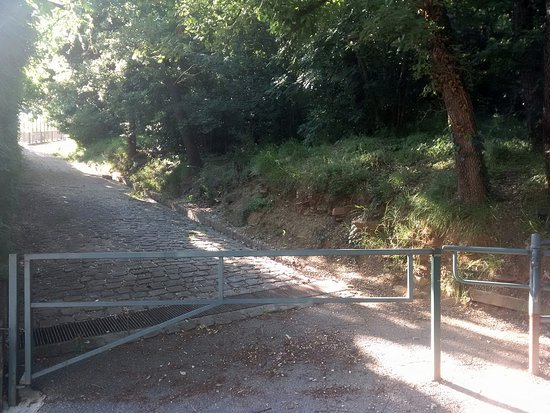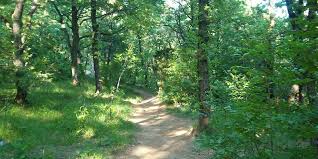At the end of World War II, it lost part of the original roof because at the bottom were built houses for families of the US military and some roads and civilian houses.
After a long period of abandonment and degradation, the park was restored and reopened to the public in 1984; it can be accessed through the characteristic 'tram de Opcina', a pregnant tram with wooden benches. You can walk along a little arduous paths where you can see the typical vegetation of the Karst shrub: Villa Giuliaroverella, black trumpet beam, aphids, and sumac, which in the autumn are interspersed with suggestive colors of yellow to red.
Within the park there are many unsettling species belonging to wildlife, bovine deer, badger, fox, wild boar, as well as various types of birds such as woodpeckers, great fenugreek, geranium and gai.
For years, the Museum of Natural History has been patronizing the Frog Lake, which is located near the abandoned quarry inside the park. Upon reaching the top of the hill, you can enjoy a magnificent panoramic view of the city, in an environment of scattered broom hills.
In recent years, many natural and recreational initiatives have been organized to enhance this place and enjoy the atmosphere.





